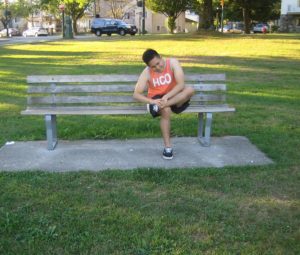A tibia fracture is the most common form of long bone fracture and has various forms but typically involves an extended period of immobility and lengthy recovery.
This type of fracture is generally caused by trauma. Whether it occurred in sports, a fall at home or work, the tibia can end up with various complex injuries that often include the ankle and knee as well.
In most cases, there is a break on the tibia and often the fibula. The fractures can be categorized as upper and lower. The recovery for the injury can take up to a year and even longer.
Tibia fracture: What are the types?
Simple fracture

A tibia fracture might involve a break in the mid-shaft and not displaced. It simply means that the bone is still in alignment and heal with minimal intervention.
The treatment is often conservative using a full leg cast worn for up to 4 weeks and followed by a below knee tendon bearing cast to be worn for another 6 weeks. The individual should avoid bearing weight during the initial 4 weeks and gradually increase the load over the next 6 weeks.
Remember that immobility for 12 weeks is an issue for most since simple tasks can be difficult. The leg muscles waste away rapidly and the hip, knee and ankle becomes stiff and weak.
Moderate fracture
This type of tibia fracture might require surgical stabilization. Cases in which the bone juts out or becomes displaced, shattered or due to twisting forces require surgery.
Due to the evident displacement of the bone, an intramedullary nail is inserted into the tibia to secure the fracture in place or an external fixator is used. There should be a minimum of 12 weeks of steady progression from non-weight bearing to complete loading. When the fracture fully heals, the fixtures are taken out.
Physiotherapy is vital from the start to minimize the degeneration of the muscle tone, aid with mobility and reduce the stiffness around the ankle and knee.
Complex tibia fracture
These fractures are the same as the moderate type but more complicated and serious. Comminuted, multiple or compound fractures through the ankle joint require intensive treatment.
Surgery is the recommended treatment to ensure the best outcome for the leg that includes the knee or ankle. It is important to note that immobility is lengthy and recovery is not likely for 18 months.
When it comes to physiotherapy, the ankle and knee are vital concerns especially their mobility. Lasting impairment might be an issue if not properly dealt with.
Quick Note / Disclaimer
The material posted on this page on a tibia fracture is for learning and educational purposes only. To learn to recognize and manage fractures, register for a first aid and CPR course with Red Deer First Aid.
